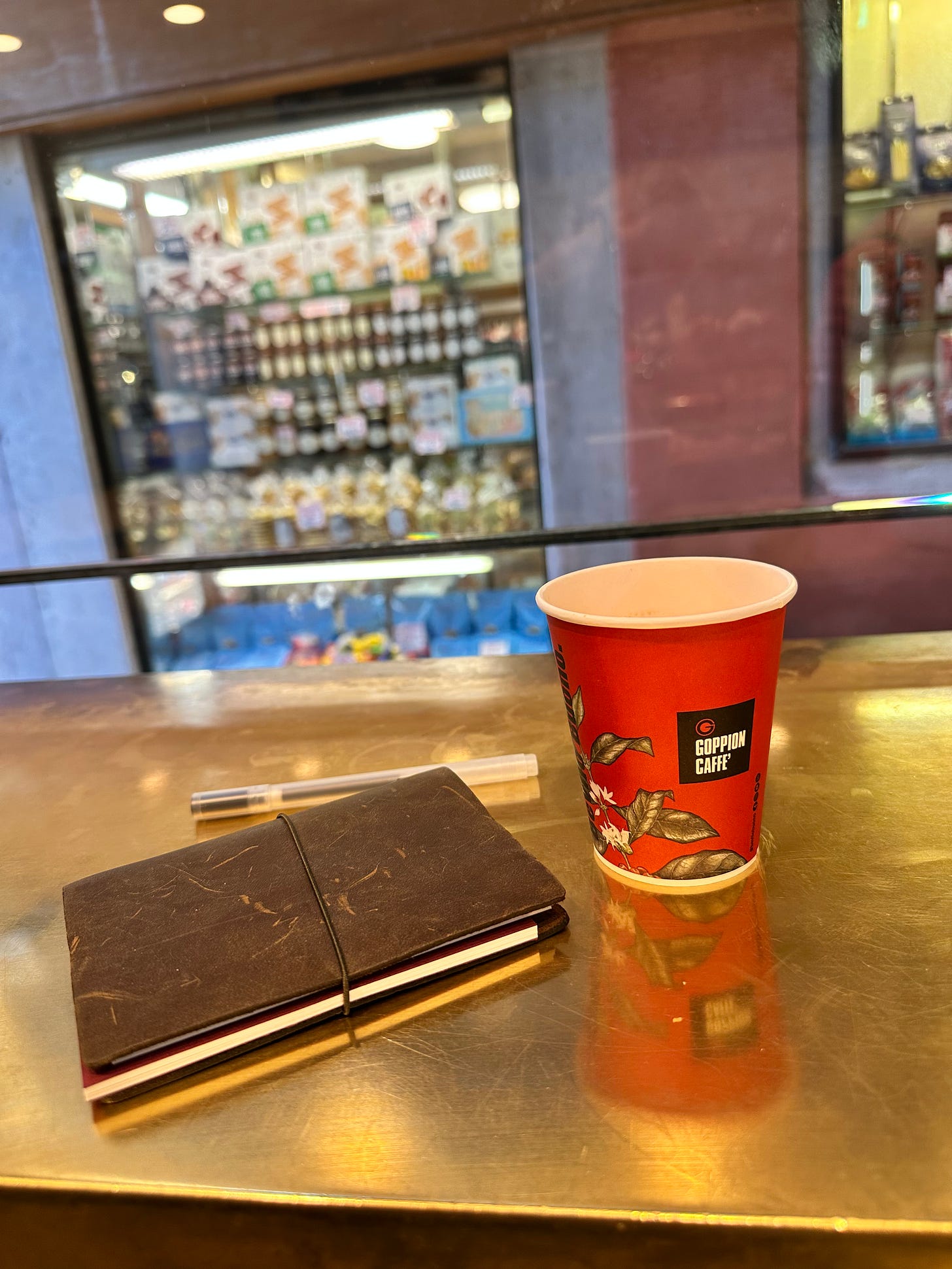Building an Innovation Memory
I was rereading some of my old journals this week. Flipping through those pages, I was struck by how many of the same insights kept resurfacing. Not because they were repetitive, but because they were resilient. Ideas that had been pressure-tested in different organizations, different industries, different seasons of my own leadership. Yet in so many cases, those insights had to be rediscovered rather than reapplied.
That got me thinking about how organizations treat innovation.
Most companies are in a cycle of ideation, excitement, execution, and forgetfulness. A great idea emerges, is piloted, maybe even scaled, but then people move on. Teams shift. Leaders rotate. A re-org lands. And the original context, constraints, and conditions that gave birth to that idea are forgotten. What remains is just the output, often disconnected from the learning that made it possible.
Organizations today need more than innovation teams. They need innovation memory.
This is something I’ve come to believe through years of consulting, leading, and reflecting. It’s not just about whether your organization can generate new ideas. It’s about whether your organization can remember why and how your best ideas worked.
Here’s the challenge: we don't design for memory in innovation cycles. We design for speed. We capture output, not insight. And we rarely build institutional muscle to connect the dots between past pilots and future possibilities.
A team might say, “Oh yes, we tried something like that last year,” but the documentation is buried. The sponsor has moved on. The champions are focused elsewhere. All that remains is a vague recollection and a lost opportunity to build momentum.
So what does an innovation memory actually look like?
It looks like a repository of use cases, not just as project summaries, but as stories. Who was involved. What constraints were present. What hypothesis we were really testing. How we pivoted. What we killed and why. Where the executive air cover came from. What timing helped or hurt.
It looks like a design review process that revisits old efforts before starting new ones. Not to slow things down, but to equip new teams with a clear view of what has come before and what was learned.
It looks like an environment where the project retrospective is sacred. Not a box to check at the end of a sprint, but a living document of what was true, what changed, and what should be passed forward.
And most importantly, it looks like leadership that values reuse not as repetition, but as refinement. Leadership teams that believe that innovation should compound over time, not constantly reset.
This is all really critical now, in the AI and data space. The same use case in a different department/client/industry with slightly adjusted inputs can unlock disproportionate value. But only if the memory exists to trace its lineage and evolution. Otherwise, we’re stuck rediscovering what we already learned, with a lot more overhead and far less urgency.
Innovation memory is what separates the organizations that keep starting from scratch from those that start further each time. It's the secret to strategic momentum.
Rereading my journals reminded me that my best insights didn’t come from novelty. They came from reflection. From working the same idea through different angles until it revealed something deeper. Organizations need that discipline too.
Because in the end, innovation isn’t just about what you build. It’s about what you remember.
Did you miss what I wrote about last week? I explored why Ontario’s universities must move beyond survival and become engines of adaptability—shifting from credential factories to capability builders, and from siloed institutions to living labs that shape the future. It was a call to bold reinvention in higher education.
If you're new to Shape of Tomorrow, dive into the archive—it's where strategy, innovation, and foresight meet. There’s a growing collection of articles designed to challenge assumptions and spark better leadership. Start with the latest, then explore what you've missed.



